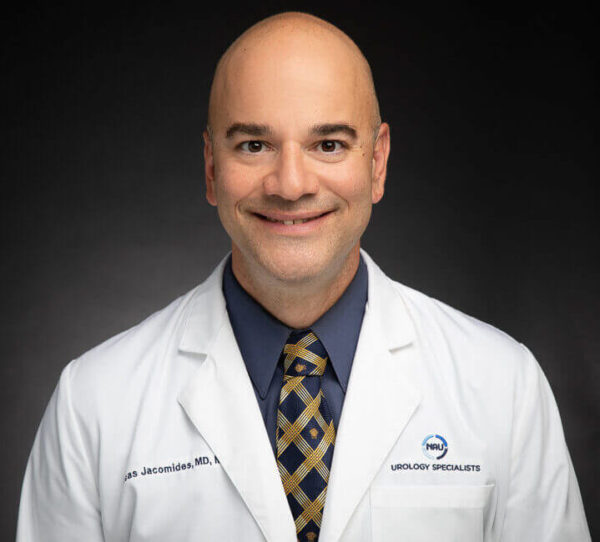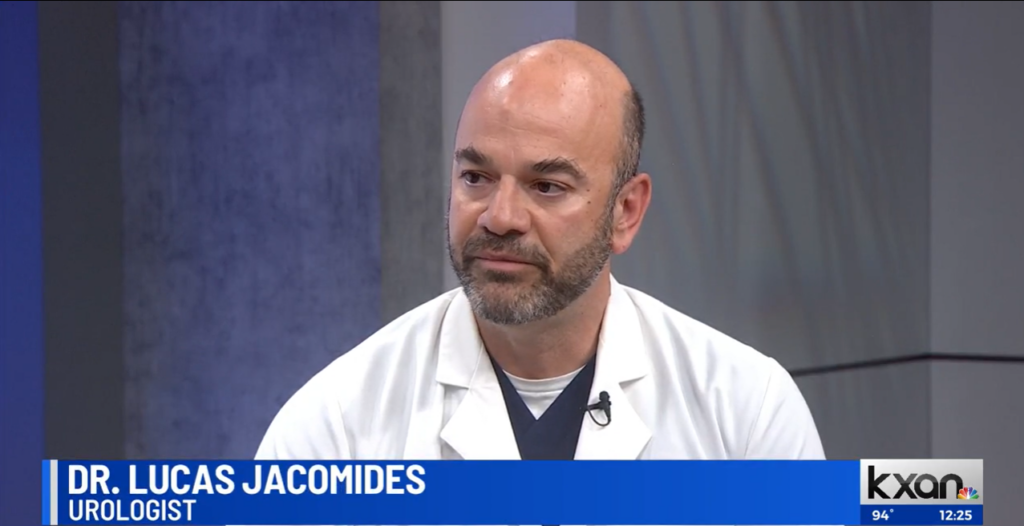
Minimally Invasive Surgery Includes Laparoscopic and Robotic Surgery
The availability of laparoscopic surgery as well as advancement in robotics has greatly evolved many standard surgical procedures performed by urologists. Laparoscopic and Robotic surgery can be performed on virtually any region of the body and add precision to the operation and improve outcomes.
For urology patients, the most common procedures may include reconstruction of the kidney or removal of tumors of the kidney, bladder, or prostate.
Dr. Mistry has been at the forefront of using robotic technology in managing men with conditions that cause infertility.
da Vinci® Surgical Robotic System
The latest advancement in laparoscopic surgery has been the introduction of the da Vinci™ Surgical Robot System. The surgical robot is a device that allows for very precise control of laparoscopic instruments and superior visibility for the surgeon. The surgeon is able to have a 3-dimensional image of the internal anatomy of the body and control of laparoscopic instruments providing unparalleled surgical precision.
The benefits of robotic surgery include decreased operative time, decreased blood loss, less postoperative pain, and a shorter hospital stay. For example, patients undergoing robotic prostate removal often leave the hospital the next day and experience only a small amount of blood loss compared to the open surgical approach.
Beyond simply leaving the hospital earlier, patients often leave in better spirits and are sooner able to return to their normal activities. In the case of kidney cancer, compared to the traditional open procedure where patients would stay up to five or six days in the hospital, again the patients will often go home within 24 to 48 hours of major kidney surgery.
Robotic Microsurgery
One of the latest frontiers in robotic surgery is in the treatment of conditions that affect male fertility and testicular pain. THe same features of robotics that improve standard laparoscopic surgery are also major benefits for microscopic surgery. IT was not envisioned, several years ago, that the same system that was used to remove kidney tumors could also help reconstruct the considerably smaller vas deferens.
A Robotic Vasectomy Reversal involves reattaching the ends of the vas deferens, the tube that transports sperm from the testicle to the urethra. The use of the surgical robot has improved the overall operative time, improved healing and allowed for more precise placement of sutures.
A Robotic Varicocele Repair involves surgery to tie off delicate veins that drain the testicle that has formed abnormally. These abnormally formed veins cause the temperature of the testicle to be elevated, can cause a decrease in testosterone and can lead to sperm abnormalities. Repair of these veins can, in some instances, improve fertility, lead to a decrease in pain or improve testosterone levels.














